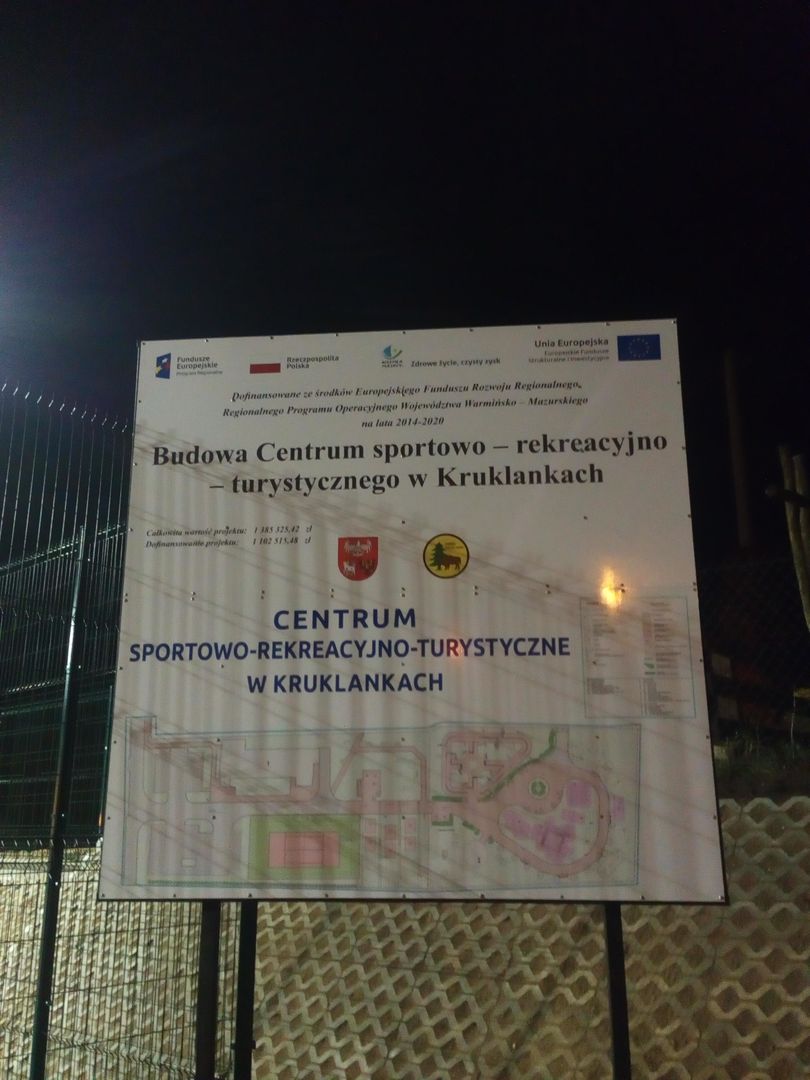Kruklanki
6.37

Overview
Kruklanki is a village in the Warmian-Masurian Voivodeship, the seat of the commune of the same name, located on the Sapina River, with a population of approximately 1,300. The history of the village dates back to 1545 when it was founded by Jan Bębelnik. The locality was known under various names, and its development brought numerous investments, including the construction of a church in 1574 and a school. The architecture of Kruklanki is distinguished by the Church of the Assumption of the Blessed Virgin Mary, built in 1753, with a characteristic tower dating back to the end of the 16th century, and two Orthodox churches: St. Demetrius and St. Josaphat Kuntsevych, highlighting the diversity of religious traditions in the region. The area of the commune, shaped during the last Baltic glaciation, abounds in natural attractions, such as moraine formations and erosional valleys. Kruklanki has had a turbulent history, witnessing various political and social changes, including Brandenburg and Prussian rule, and later belonging to the Polish-Lithuanian Commonwealth. During World War II, the area was heavily fortified but did not play a significant role in military operations. In 1945, the village was incorporated into Poland, and the existing population was replaced by Polish settlers. Modern Kruklanki has a developed tourist infrastructure, including restaurants, resorts, and a sports and recreation complex established in 2018. The social life of the village is significantly influenced by the Kruklanki Commune Library and Cultural Center, which organizes various cultural events, including harvest festivals and fairs. In 2011, a meteorite fell near Kruklanki, which was a significant event in the context of astronomical research in Poland. The village combines a rich historical heritage with an active tourist offer, making it an interesting place to visit.
Location
2025 Wizytor | All Rights Reserved